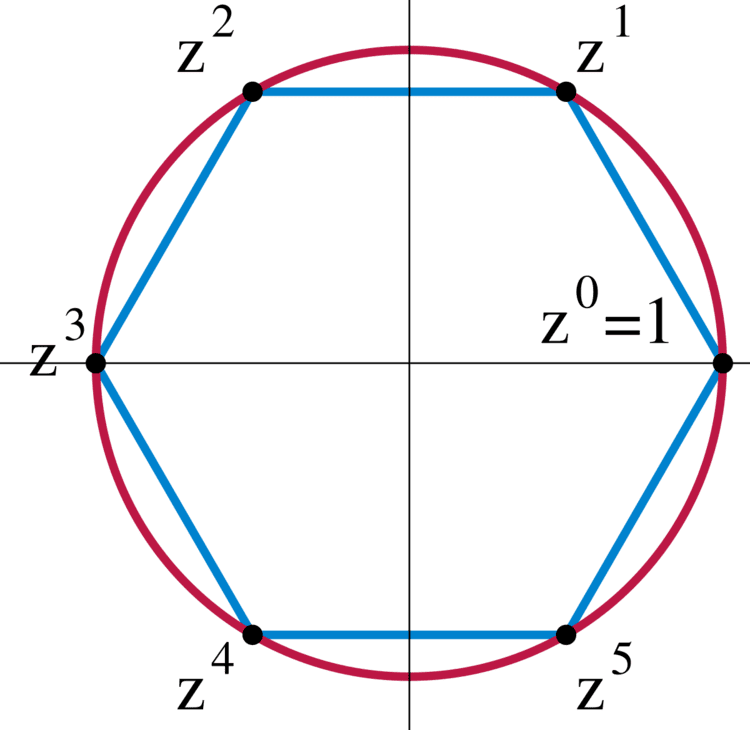 | ||
In mathematics and group theory, the term multiplicative group refers to one of the following concepts:
Contents
Examples
Group scheme of roots of unity
The group scheme of n-th roots of unity is by definition the kernel of the n-power map on the multiplicative group GL(1), considered as a group scheme. That is, for any integer n > 1 we can consider the morphism on the multiplicative group that takes n-th powers, and take an appropriate fiber product in the sense of scheme theory of it, with the morphism e that serves as the identity.
The resulting group scheme is written μn. It gives rise to a reduced scheme, when we take it over a field K, if and only if the characteristic of K does not divide n. This makes it a source of some key examples of non-reduced schemes (schemes with nilpotent elements in their structure sheaves); for example μp over a finite field with p elements for any prime number p.
This phenomenon is not easily expressed in the classical language of algebraic geometry. It turns out to be of major importance, for example, in expressing the duality theory of abelian varieties in characteristic p (theory of Pierre Cartier). The Galois cohomology of this group scheme is a way of expressing Kummer theory.
